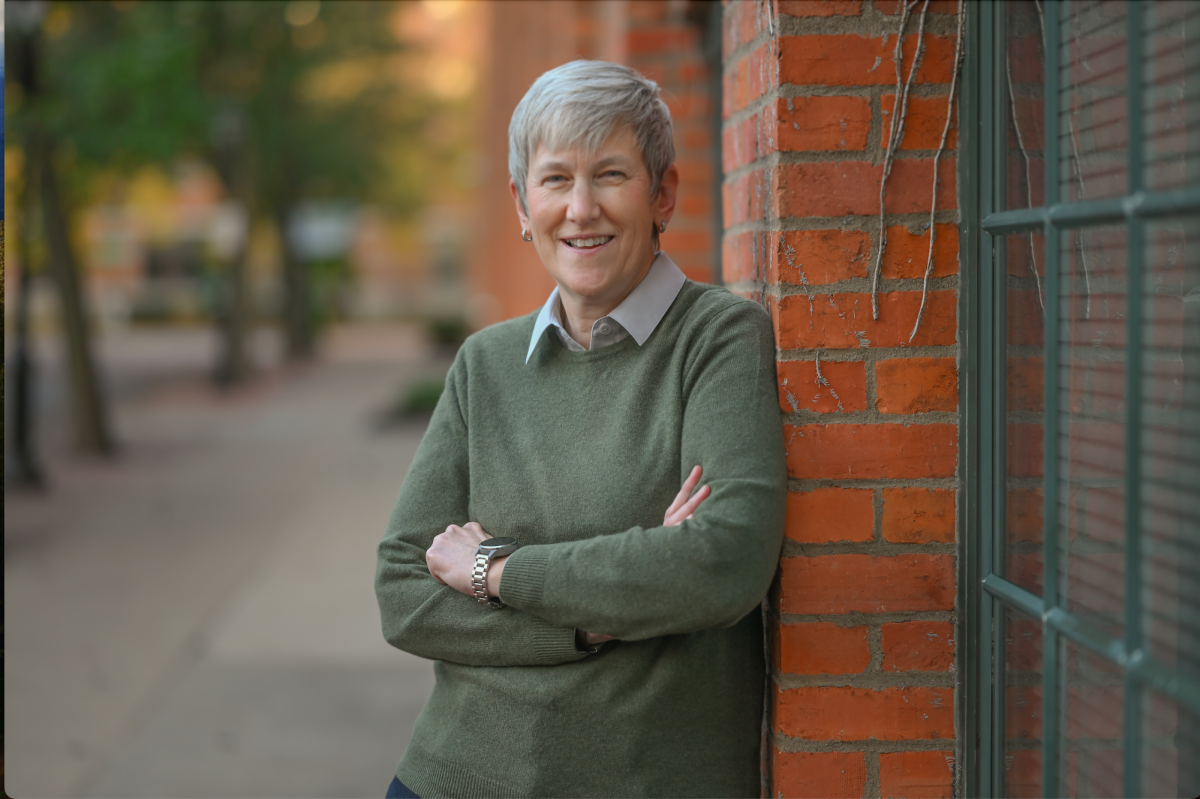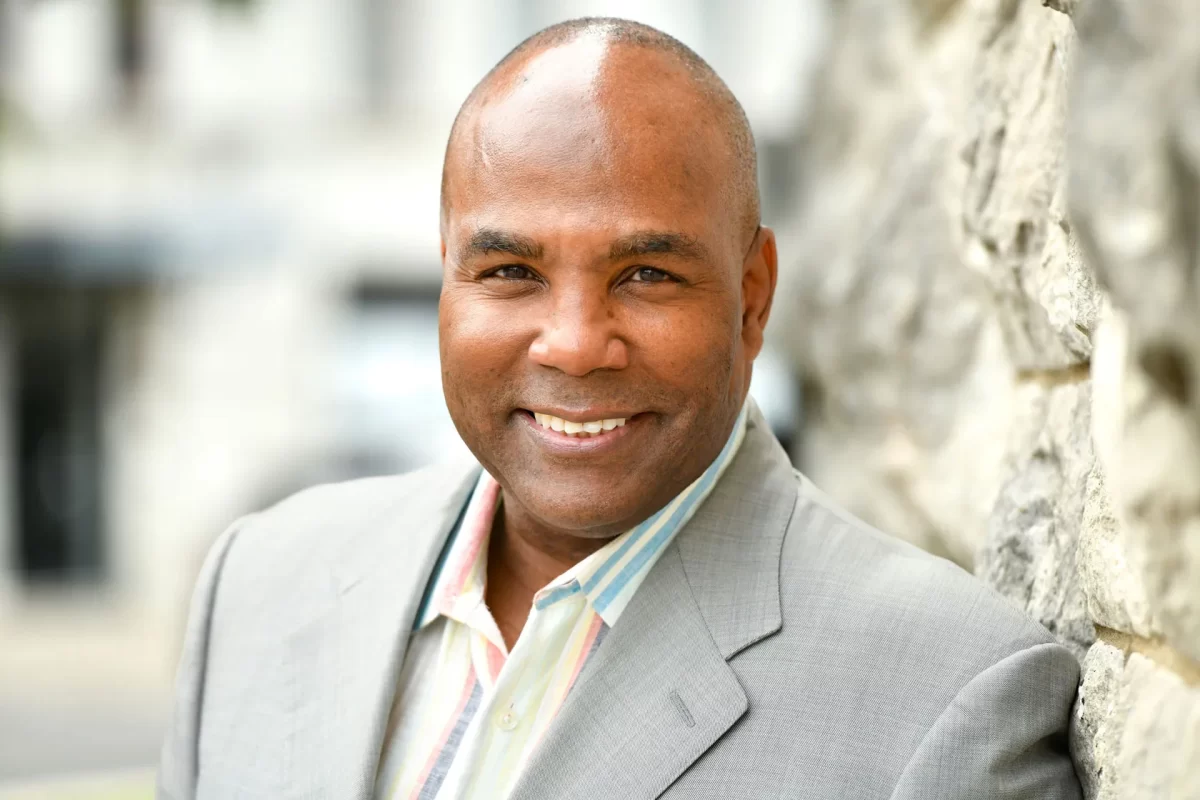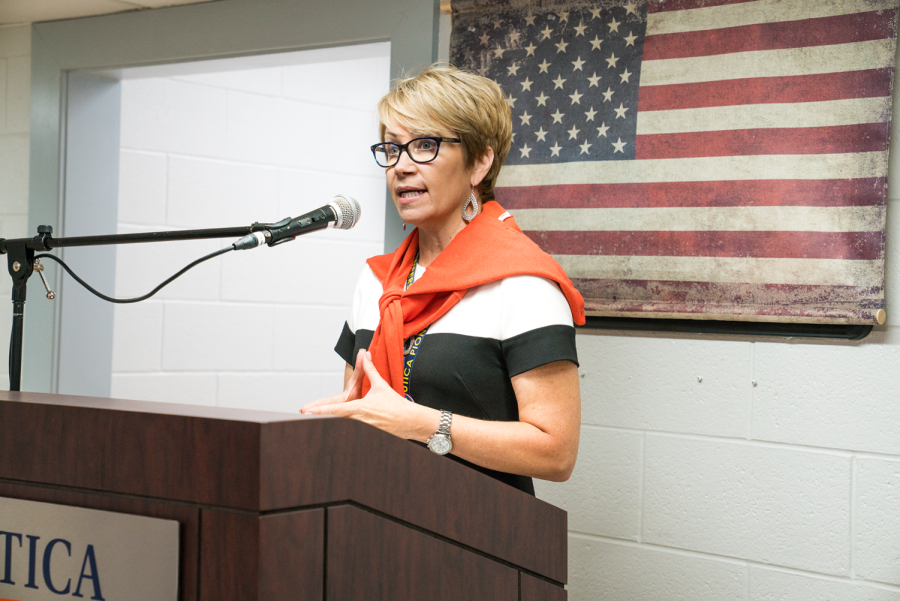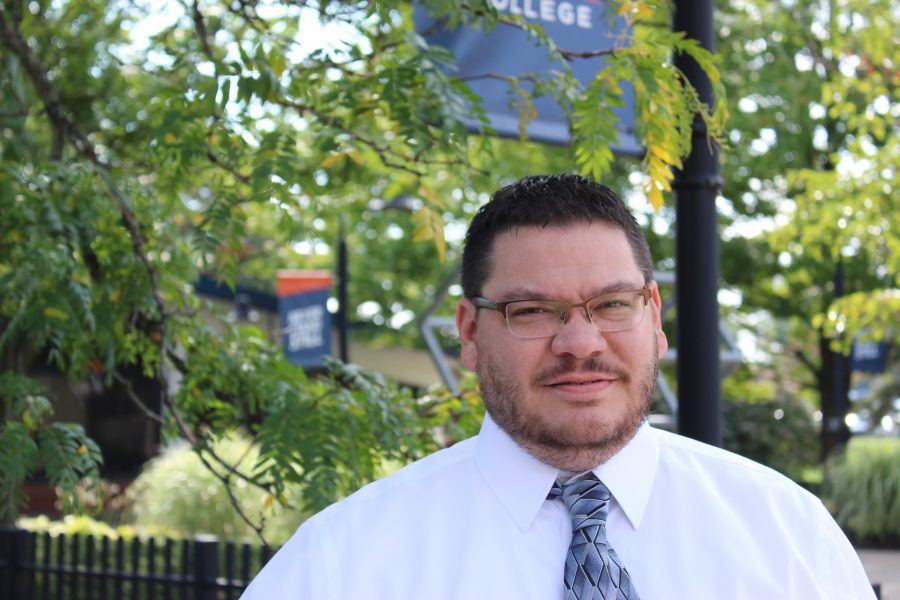With a new wave of first-year and transfer students, enrollment for the class of 2023 at Utica College has declined compared to previous years. The number of enrolled first year students is at 516 compared to an initial goal of 550, according to an email that was sent out to faculty and staff last week. Meanwhile, transfer numbers are at 182 compared to the goal of 160.
“The net number of enrolled students is almost right on to what our budget was,” said Jeffrey T. Gates, senior vice president for student life and enrollment management. “The enrollment came in, although it was just not the same as we had planned in terms of freshmen enrollments.”
In addition to enrollment, the enrollment office stated that the retention rate among juniors and seniors is greater compared to previous years. The increased retention rate is the positive number in the mix, but it will not counteract issues that low enrollment will inevitably bring to the college.
Enrollment plays a significant part in a private college’s finances since tuition is, “far and away,” the largest source of their revenue.
UC President Laura Casamento said “consistent enrollments are very important,” as it is to grow in other areas such as graduate and distance learning programs.
“I’d describe our enrollment picture as modestly positive,” she said. “In many ways, it’s basic math.”
Lower enrollment numbers are affected by a number of factors, including the shrinking population in New York state. Data from the U.S. Census Bureau shows that from 2017 to 2018, the population in the state declined by 0.24% with a major loss in Upstate New York, where 41 of the 50 counties had a loss of 1% of the population compared to 2010.
The decline in population affects UC by impacting the enrollment rate; fewer students are graduating from high school and attending college.
“This has put significant pressure on enrollment targets,” Casamento said. “Fortunately, we haven’t seen the drop that many other private colleges in New York have experienced, particularly in light of the Excelsior Scholarship Program, which, as expected, has been a competitive disadvantage for the private sector.”
The Excelsior Scholarship Program was implemented in 2017 by Gov. Andrew Cuomo’s administration. The program consists of free tuition costs in any public college of New York state for students of lower incomes, according to the official website of New York State. This program drew more students into public colleges.
UC’s tuition reset in 2016 improved the college’s position to meet that enrollment challenge, Casamento said.
The academic area where UC has seen a steeper decline in applications is in liberal arts, which Gates said reflects changing thought patterns about the major.
“The media is hyper-sensitized on student debt […] and some families today can’t see how a liberal arts major is going to get students to a job and be able to pay off that debt,” Gates said. “Students are looking for more career-driven academic programs such as business majors, construction management, occupational and physical therapy as well as nursing.”
In fact, the student loan debt in the U.S. is currently at an all-time high of $1.5 trillion as of February of 2019 and New York State’s debt balance is at $73.5 billion, according to Forbes.
A steady influx of new, incoming students at UC is crucial to maintain the quality of a private institution, but that extends beyond economic reasons. According to Gates, it is necessary to maintain a stable enrollment number without experiencing drastic declines or growths.
Enrollment and retention growth can also create further issues for any institution trying to accommodate a larger number of students within a short period of time.
A similar instance of increased classes and retention happened in the fall semesters of 2015 and 2016, “which led to a need for additional space in 2016 and 2017” and the use of the Ramada Inn as student housing, Gates said. However, eventually UC no longer needed the hotel residence hall.
UC produces a budget every year, which indicates goals for the number of students expected to matriculate each year. The budget is a baseline that provides an idea of the capital needed to fund the different areas and departments.
Jonathan Gambier, assistant director of international admissions, said that colleges and universities in the U.S. experience “fierce” competition from other institutions that wish to attract students, including people willing to study internationally.
The enrollment of international students makes up a very small percentage of UC’s annual revenue, however.
“Every dollar counts and we value [the international students’] presence far more for the diversity they bring to our campus community,” Gambier said.
Countries including Canada, England, Australia and Japan are growing in popularity as study-abroad destinations, which adds on to the pressure UC recruiters face.
“National governments and universities around the world are making significant efforts to attract quality international students,” Gambier said.
The college is looking to attract students from the United States as well, but international students are one of UC’s target audiences.
UC’s athletics and personal relationships overseas are the key to the institution’s ability to “successfully engage prospective students, along with a few of our most selective and nationally-ranked academic programs,” Gambier said.
However, incoming students also face other challenges which hinder their entry in the U.S. and discourage students from studying internationally.
“Exchange rates, limited internal resources for scholarships and the overall high cost of post-secondary education in the United States relative to other countries all have a part to play,” he said.
Dozens of international students are accepted to UC every academic year. The problem lies when they are “unable to successfully pass a visa interview,” which closes doors on studying in the U.S.
Lack of adequate documentation, proof of a plan to return to their home country and a statement of financial stability to afford college in the U.S. are factors that in many occasions prevent accepted students from getting their visa. In addition, politics can also affect internationals negatively, according to Gambier.
All of those difficulties are only increasing, Gambier said, so their goal is to be “realistic” about how many students are enrolling.



















![President Todd Pfannestiel poses with Jeremy Thurston chairperson Board of Trustees [left] and former chairperson Robert Brvenik [right] after accepting the universitys institutional charter.](https://uticatangerine.com/wp-content/uploads/2023/10/unnamed.jpeg)


































































































